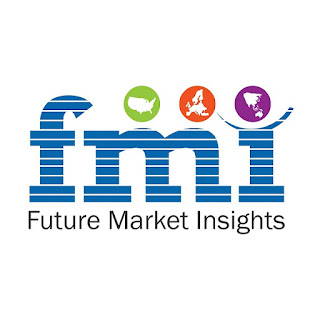Urgent Care Market Global Volume Analysis, Size, Share and Key Trends 2022 to 2032

Between 2022 and 2032, the demand for Urgent Care Market is anticipated to increase globally at a moderate CAGR of roughly 5.4%, resulting in sizable revenues by the end of the projection period (2032). The rising prevalence of chronic diseases and accidents that necessitate emergency medical attention, together with rising healthcare institution investments in establishing and expanding urgent care infrastructure, are driving market growth. Future Market Insights (FMI) adopted a multidisciplinary approach during the pandemic-era to focus on the growth and development of the Urgent Care Market. The study features insights on the current growth dynamics and the major revenue reforms prevailing in the market as along with the key takeaways over the forecast. The team of analysts at Future Market Insights are focussing on research and market study to produce different Urgent Care Market forecasts and predictions at both national and international levels. They have considered several lea


